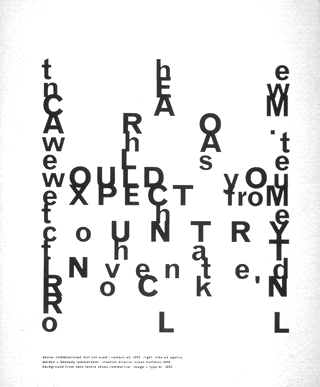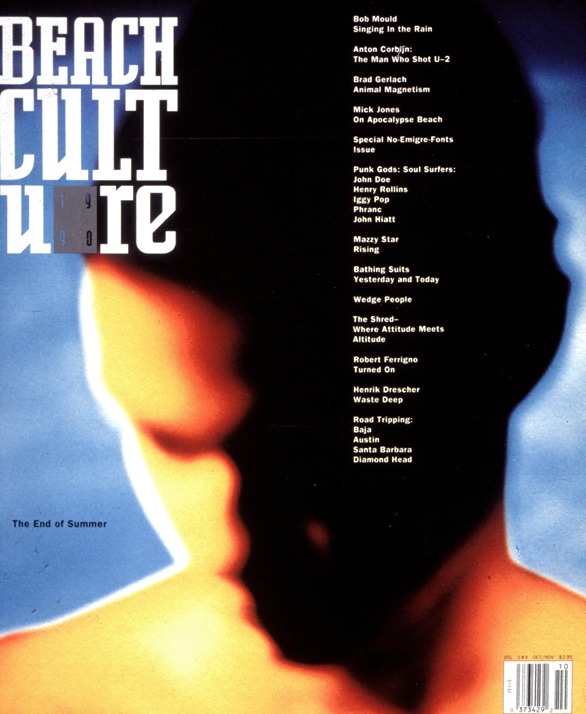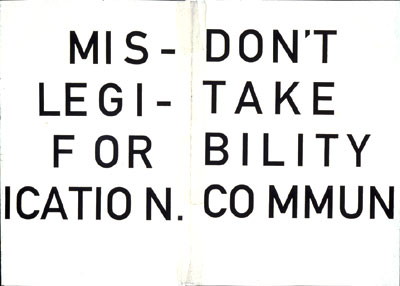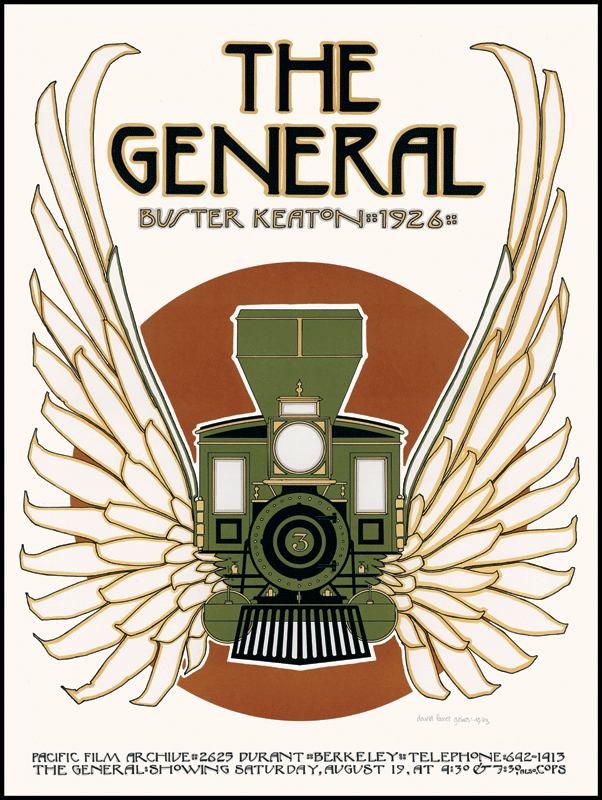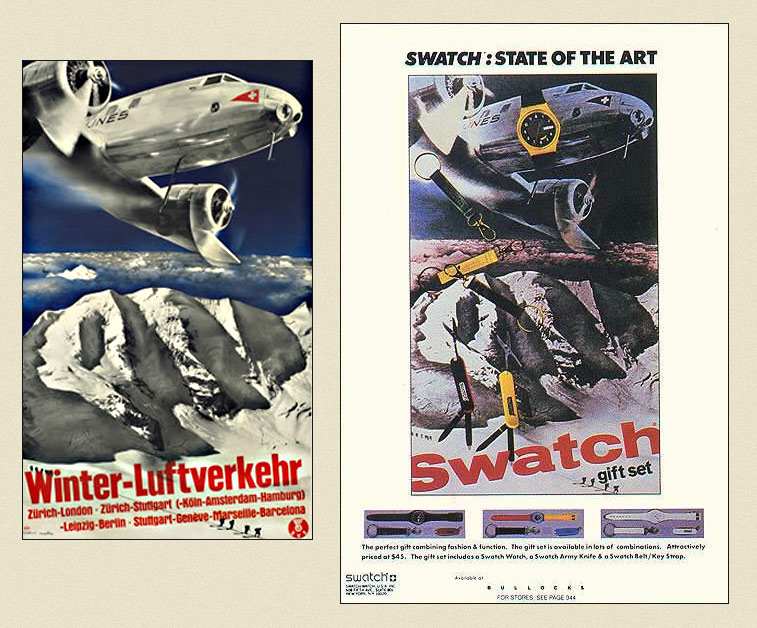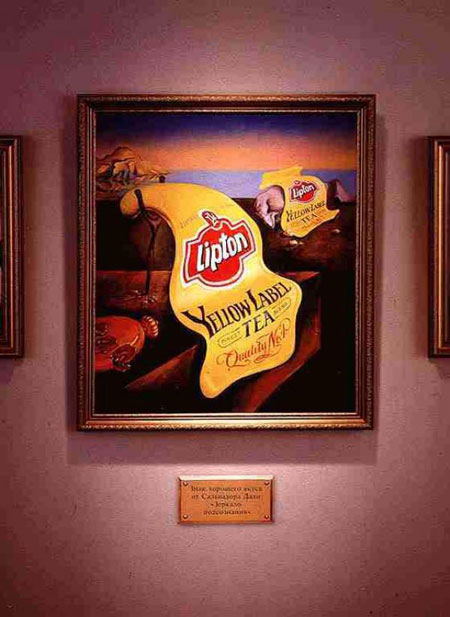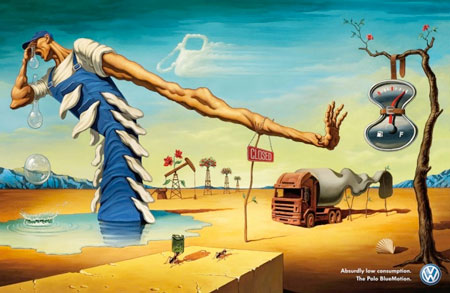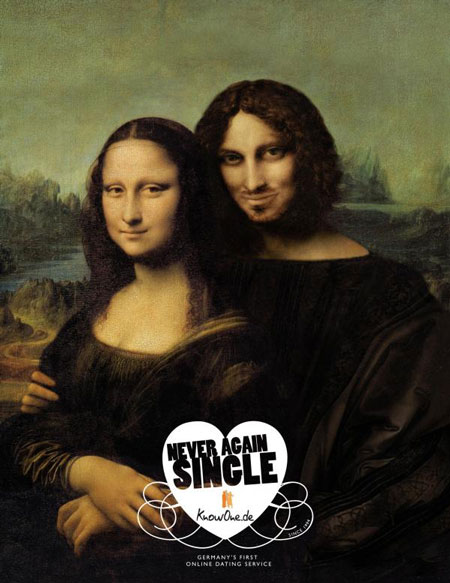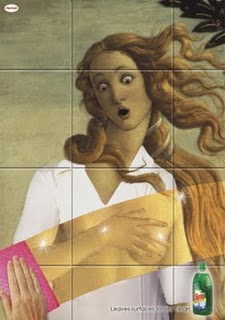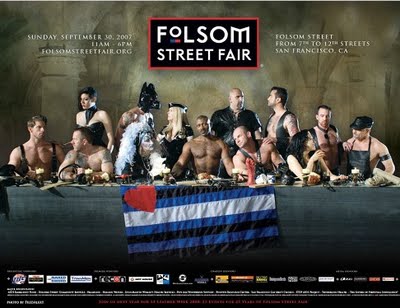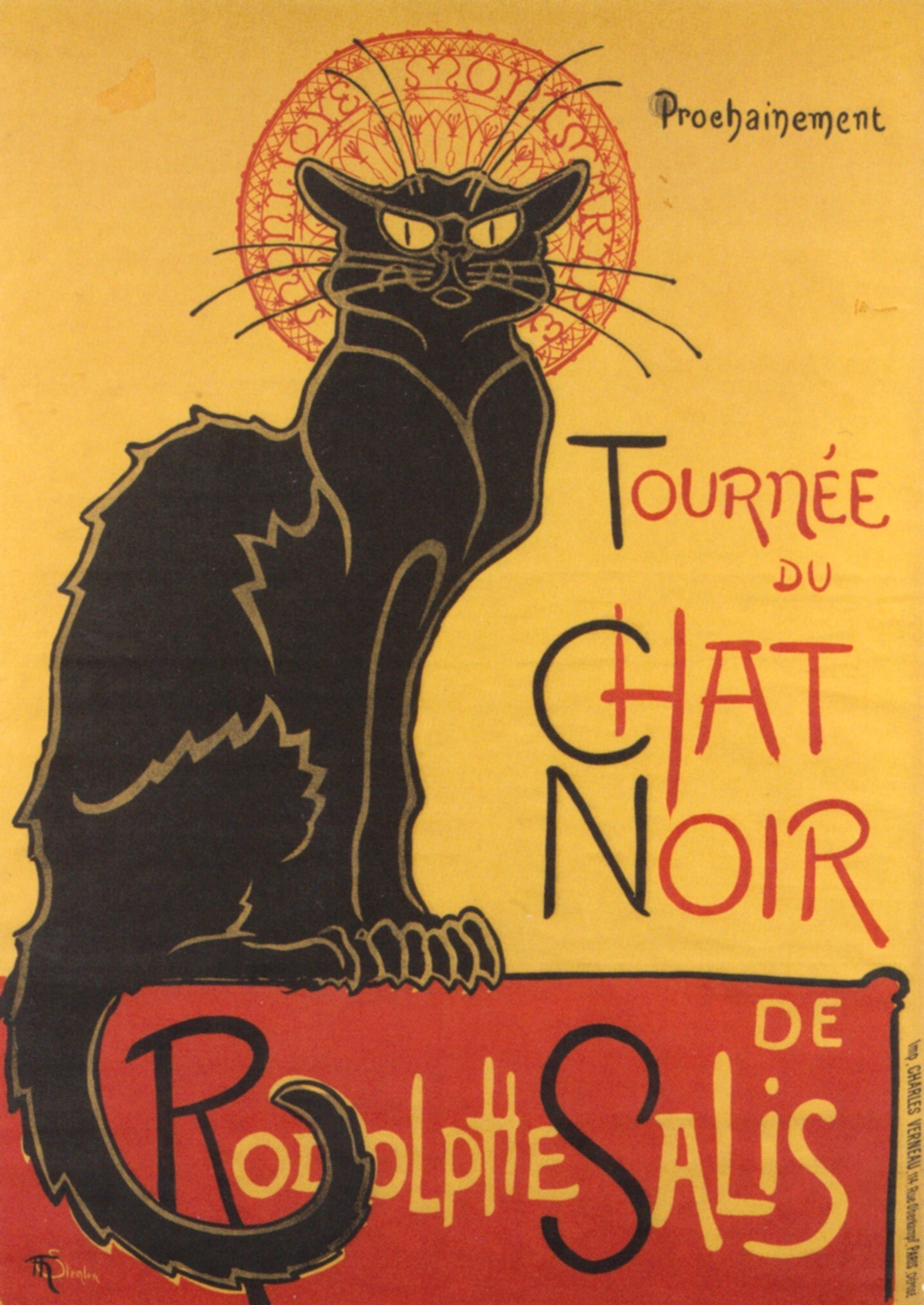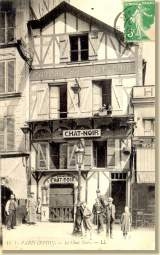I have learned a lot this quarter and the course has been both more difficult and more rewarding than I expected. Our textbook, Meggs’ History of Graphic Design, Fifth Edition was packed with information on graphic design and visual communications dating as far back as prehistoric cave drawings and the origins of writing. In hindsight, now that I stop and think about how many brilliant creative minds have lived since the beginning of human history, it's really not surprising that cramming so much information into one textbook digested over the duration of one school quarter would result in a pretty hefty amount of reading and thinking each week!
In addition to learning the basics, along the way I found special interest in several artists, designers and time periods. Some of those which most captured my interest or spoke to my personal aesthetics include: Art Nouveau, especially Théophile Alexandre Steinlen, Henri de Toulouse-Lautrec, and Alphonse Mucha (not to mention my fixation on Le Chat Noir); the Plakatstil style, and Lucian Bernhard in particular; Peter Behrens' work in corporate identity; El Lissitzky, H. N. Werkman (I stumbled across this excellent book about Werkman at a clearance price on Amazon), David Lance Goines and David Carson. Also, I feel I must one day satisfy my new itch to own an original copy of Herbert Bayer's World Geo-Graphic Atlas.
Prior to taking this course I always felt that I had a good "eye for design" and aesthetic intuition but my knowledge was limited and I didn't have much in the way of vocabulary to discuss design in any technical way. This course has certainly greatly expanded my vocabulary of design and I now have a much more structured understanding of important art and design movements and influences. I feel like I can hold a more intelligent conversation regarding works of design and I can critique and understand important works more deeply.
Taking this course early in my path towards a Graphic Design degree at Foothill was wise as I now know much more about the importance of graphic design through history and feel even more confident in my chosen career path. I think what I have learned in this course will help me in the rest of the courses in the Graphic Design program and that Meggs' textbook will be a great resource in other courses too. I think the future holds great things for the world of design and I look forward to seeing where human creativity combined with exponentially progressing technology will take us, and I'm eager to find my own visual voice and have some impact on the direction of that future.
Resources:
H. N. Werkman (Monographics Series), by Alston W. Purvis
Book - Meggs' History of Graphic Design, 5th Edition - Wiley

